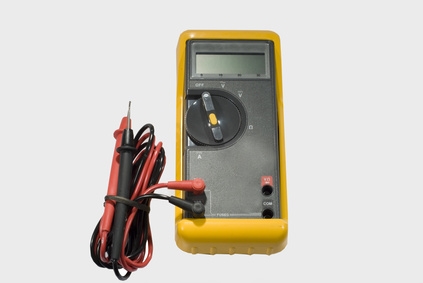
A lead-acid battery produces electrical energy by the interaction of electrolyte solution with the battery's lead plates. The resulting interaction creates a voltage differential between the battery's terminals and allows the battery to work as a power source.
Over time, the electrolyte solution will combine with the lead in the battery's plates to create lead-sulfate crystals. The electrolyte weakens, and crystals line the battery's plates. Recharging the battery, along with replacing the electrolyte solution, will change the chemistry of the battery and allow the battery to produce electrical power again.
Plug the battery charger into a wall electrical outlet and turn on the charger; this will break up any lead sulfate crystals that have formed on the battery plates. Allow the battery to charge for at least two hours. Check the battery every 30 minutes while charging; if the battery becomes swollen or hot to the touch, immediately unplug the battery charger from the wall outlet and disconnect the charger leads from the battery.
Allow the battery to cool down for at least one hour after charging. Put on the safety goggles and gloves.
Loosen and remove the battery vent caps using the vent wrench. Inspect the electrolyte level of each battery cell. Tip the battery forward to empty the electrolyte solution from the battery cells. Since the battery electrolyte contains sulfuric acid, make sure to capture all of the used electrolyte solution in an acid-resistant container.

Pour the replacement electrolyte solution into each battery vent until each battery cell contains enough solution to reach the bottom of the "fill" mark.
Replace and tighten the battery vent caps. Neutralize any spilled electrolyte solution by sprinkling baking soda on the spill and then pouring water over the sprinkled baking soda. Wipe up the neutralized liquid as necessary.
Turn on the multimeter and set the scale to "Volts DC." Place the red (positive) multimeter lead on the positive battery terminal. Place the black (negative) multimeter lead on the negative battery terminal. Check the multimeter display. The voltage should be at or above 12.6 volts for a 12-volt battery (or 6.3 volts for a six-volt battery).